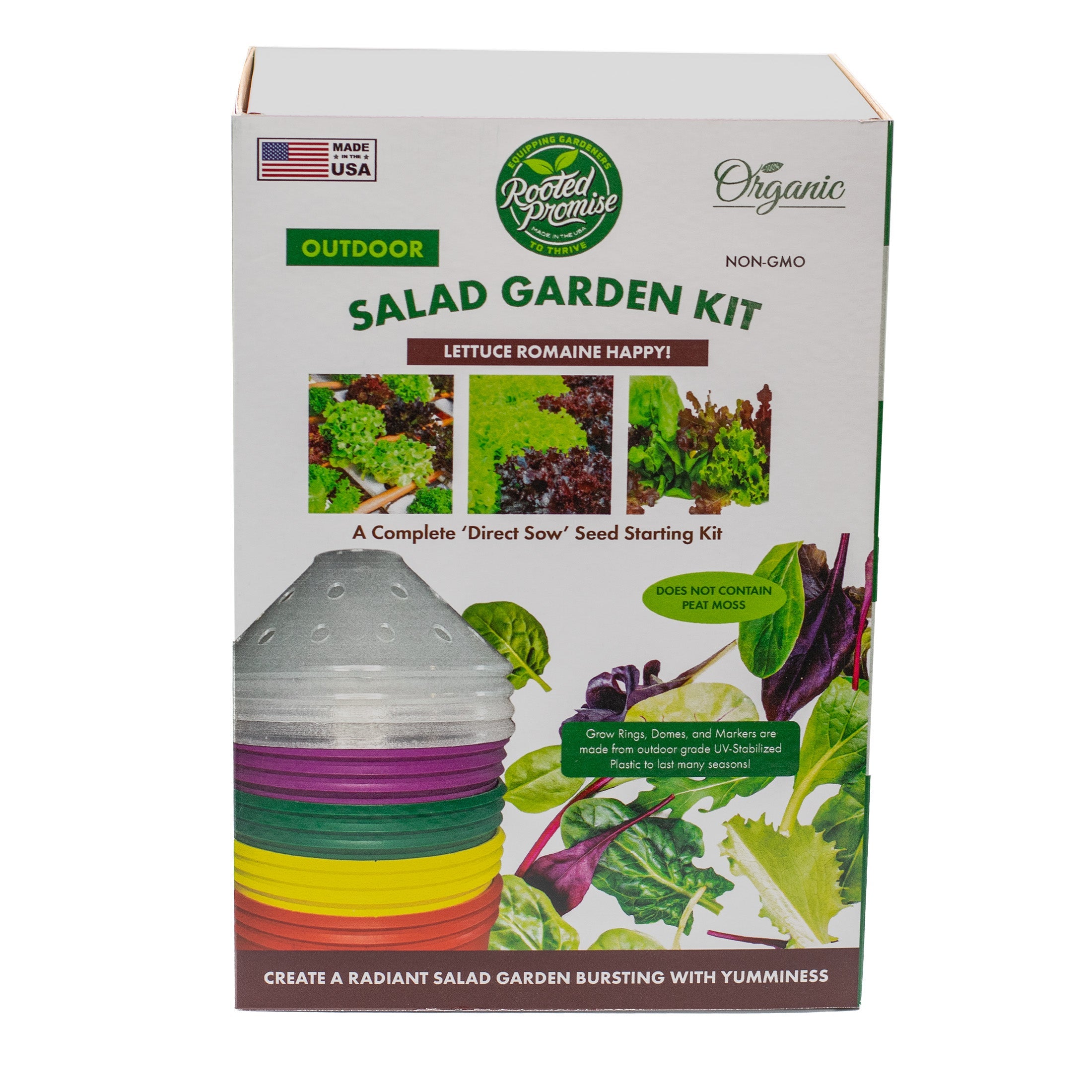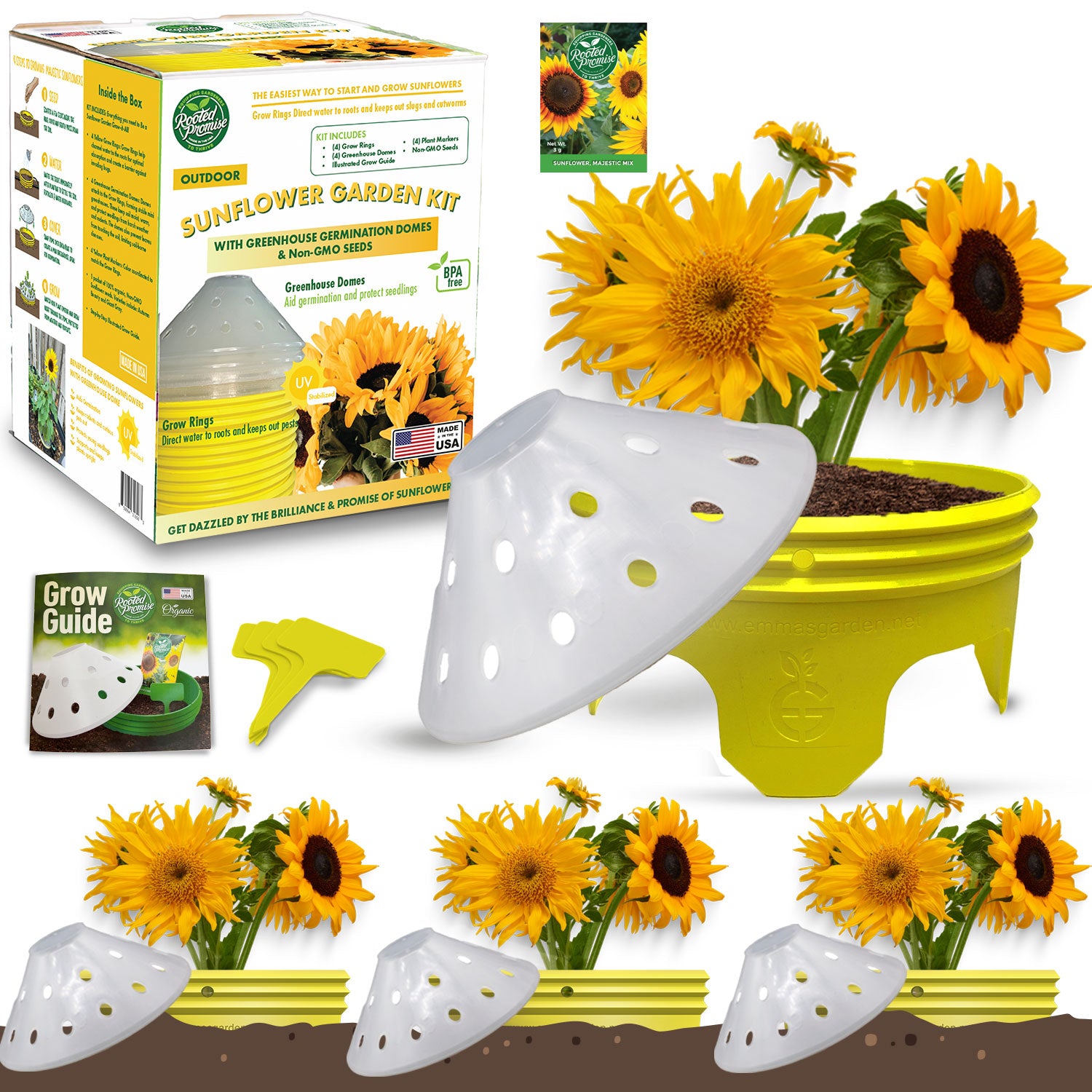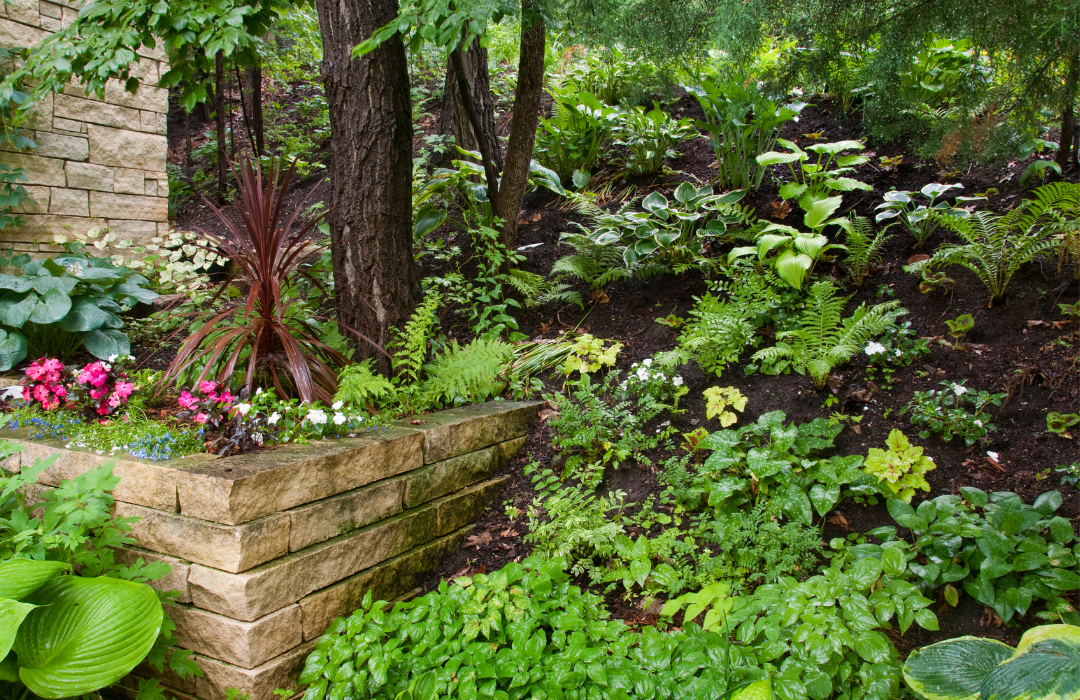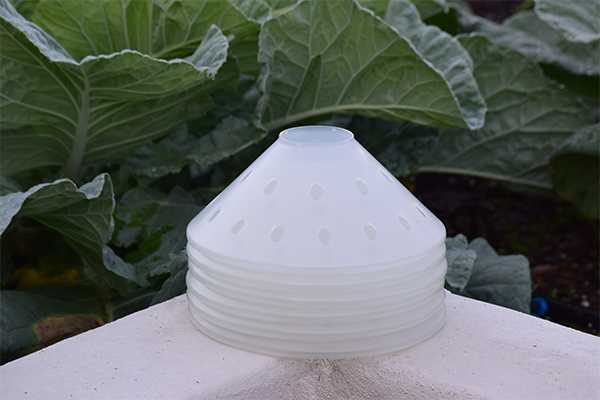Introduction
Hey there, fellow garden lovers! At Rooted Promise, we know that every garden has its unique challenges and opportunities. One common challenge many gardeners face is finding the right plants for those shady spots that seem to resist most traditional flowers.
But fear not! Today, we’re going to explore the world of shade-loving flowers that can turn even the darkest corners of your garden into a vibrant, colorful paradise. So, grab your gardening gloves and let’s dive in!
Table of Content
- The Magic of Shade Gardens
- Astilbes: Feathered Beauties
- Foxgloves: Tall and Graceful
- Impatiens: Bright and Cheerful
- Hostas: Foliage Marvels
- Bleeding Hearts: Romantic Charm
- Conclusion
The Magic of Shade Gardens
Before we jump into specific plants, let’s talk about why shade gardens can be so magical. While sunny spots get all the glory with their bright, bold blooms, shade gardens offer a cool, serene retreat. They’re perfect for creating a calming space where you can relax and escape the heat. Plus, they can be just as colorful and interesting as any sunny garden with the right plant choices.
Shade-loving plants have evolved to thrive in lower light conditions, often boasting lush foliage and delicate, intriguing flowers. These plants can add depth and texture to your garden, creating layers of greenery and splashes of color that draw the eye.
Astilbes: Feathered Beauties
Let’s start with one of our favorites: astilbes. These gorgeous perennials are known for their feathery plumes of flowers that come in shades of pink, red, white, and purple. They’re perfect for adding a touch of elegance and whimsy to your shade garden.
Astilbes thrive in part shade to full shade and prefer moist, well-drained soil. They’re relatively low maintenance once established, but they do appreciate a good drink of water during dry spells. One of the best things about astilbes is their long bloom time, typically from late spring to early summer. Plus, their attractive foliage keeps the garden looking good even when they’re not in bloom.
To care for your astilbes, make sure to plant them in a spot where they’ll get some protection from the hot afternoon sun. Mulching around the plants can help retain moisture and keep the roots cool. Deadheading spent flowers can encourage more blooms and keep your plants looking tidy.
Foxgloves: Tall and Graceful

Next up, let’s talk about foxgloves. These tall, stately flowers are a classic choice for shady spots, with their striking spikes of tubular blossoms that attract bees and hummingbirds. Foxgloves come in a variety of colors, including pink, purple, yellow, and white, making them a versatile addition to any garden.
Foxgloves are biennials, which means they typically flower in their second year of growth. However, they self-seed readily, so once you have them established, you’ll likely see them returning year after year. They prefer part shade and well-drained soil, and they’re relatively easy to care for.
To get the best results with foxgloves, plant them in a spot where they can enjoy morning sun and afternoon shade. This helps protect their delicate flowers from scorching. Keep the soil consistently moist, especially during the growing season, but avoid water logging. Foxgloves can be top-heavy, so you might need to stake them to keep them upright. And a word of caution: all parts of the foxglove plant are toxic if ingested, so be mindful if you have curious pets or young children.
Impatiens: Bright and Cheerful

For a burst of color in the shade, you can’t go wrong with impatiens. These cheerful annuals are famous for their vibrant blooms that come in nearly every color of the rainbow. They’re perfect for brightening up shady borders, containers, and hanging baskets.
Impatiens thrive in full to partial shade and prefer rich, well-drained soil. They need regular watering, especially during hot, dry weather, but be careful not to overwater as they can be prone to root rot. With their compact growth habit and prolific blooms, impatiens are a fantastic way to add instant color to your garden.
When planting impatiens, make sure to space them about 8 to 12 inches apart to allow for good air circulation. This can help prevent common problems like downy mildew. Deadheading isn’t necessary for impatiens, as they self-clean, but pinching back the tips can encourage bushier growth and more flowers.
Hostas: Foliage Marvels

While not known for their flowers, hostas are a must-have for any shade garden. These perennials are prized for their stunning foliage, which comes in a wide range of shapes, sizes, and colors. From deep blue-green leaves to variegated patterns of green, white, and yellow, hostas add texture and visual interest to shady spots.
Hostas are incredibly versatile and can thrive in deep shade to partial shade. They prefer moist, well-drained soil and appreciate a layer of mulch to help retain moisture and keep the roots cool. While they do produce flowers—typically lavender or white spikes in summer—it’s their foliage that really steals the show.
To care for hostas, make sure to water them regularly, especially during dry periods. Slugs and snails love hostas, so you may need to take steps to protect your plants from these pests. Dividing hostas every few years can help keep them healthy and vigorous.
Bleeding Hearts: Romantic Charm
If you’re looking to add a touch of romance to your shade garden, bleeding hearts are the way to go. These perennials produce delicate, heart-shaped flowers that dangle from arching stems, usually in shades of pink and white. They’re a classic choice for woodland gardens and shady borders.
Bleeding hearts thrive in part shade to full shade and prefer moist, well-drained soil. They bloom in late spring to early summer, and their foliage often goes dormant in the heat of summer, so it’s a good idea to plant them alongside other shade-loving perennials that can fill in the gaps.
To care for bleeding hearts, make sure to keep the soil consistently moist but not waterlogged. Mulching around the plants can help retain moisture and keep the roots cool. After the flowers fade, you can cut back the stems to encourage fresh growth. If your bleeding hearts go dormant in the summer, don’t worry—they’ll be back next spring, ready to dazzle once again.
Conclusion
There you have it—some of our favorite shade-loving flowers that can transform those tricky shady spots into lush, vibrant areas of your garden. Whether you choose the feathery plumes of astilbes, the graceful spikes of foxgloves, the bright cheerfulness of impatiens, the foliage marvels of hostas, or the romantic charm of bleeding hearts, you’re sure to create a stunning shade garden that’s both beautiful and functional.
At Rooted Promise, we’re passionate about finding ways for everyone to have an outdoor garden that they love. We hope these tips inspire you to embrace the shady corners of your garden and turn them into thriving, colorful spaces.










